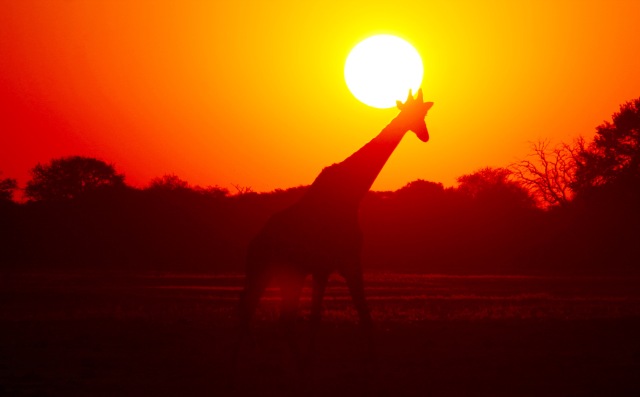
On the western edge of Zimbabwe there is a place that that it is literally teeming with wildlife. Hwange National Park, the second stop on our Zimbabwean Safari, is the epitome of African wildness.
After a couple of days at the majestic Victoria Falls, the Johnson clan hopped into a light aircraft for a short but bumpy flight down to Hwange. We were met at the dirt airstrip by our guide, Themba, then we loaded up into the open-sided Land Rover for the drive to camp.
A herd of Cape Buffalo greeted as as we drove away from the airstrip. Not long after, we spotted a herd of elephants in the tall grasses. Shortly after that, we pulled up alongside two male lions. One was a full grown male, with a gloriously thick mane. He had clearly just eaten, as his stomach was bulging out obscenely. The other lion was young still, with a scraggly mane. Themba informed us that he was the son of Cecil, the famous lion who was killed not far from where we were. The lions we close enough to touch, but far more interested in sleeping than they were in us.
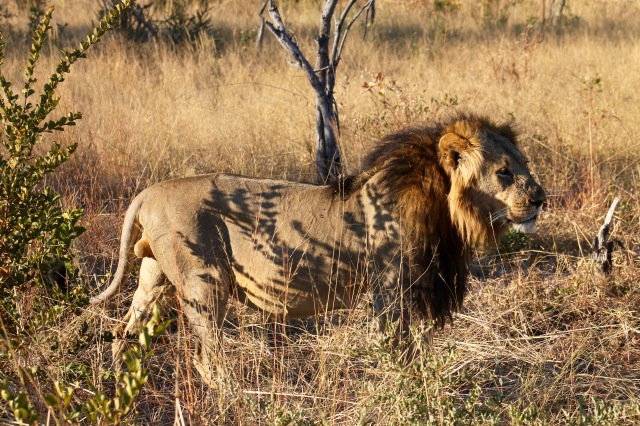
Less than half an hour into our first drive, and we had already come across three of the Big Five. It was an indication of just how many animals live in the park, and how much we would see over the course of our stay there.
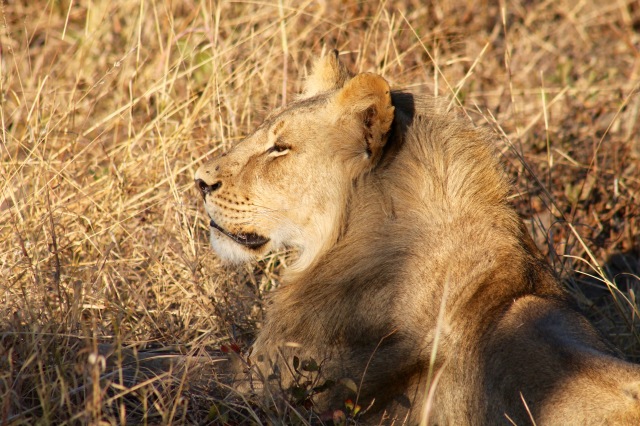
We stayed that first night is Davison’s camp, run by Wilderness Safaris. Like the other Wilderness Safari “camp” we stayed at in Hwange, this was not so much a camp as it was a luxury hotel that happened to be in tents.
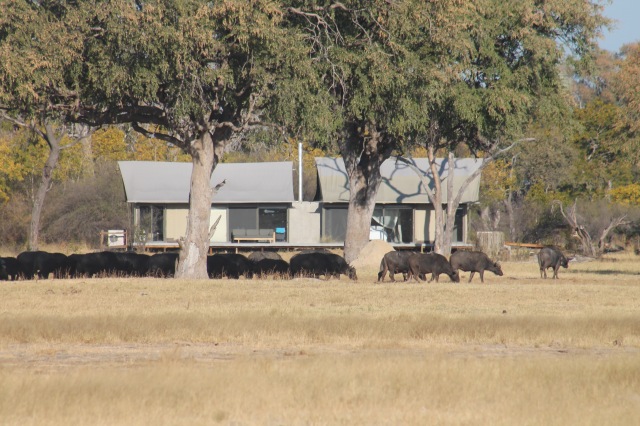
Two of the nights in Hwange we spent bush camping. While we were out exploring the park, a camp was set up for us at some remote spot. Even there, though, we were served gourmet meals and enjoyed hot showers from a bucket. The best camping ever.
We were woken each morning before sunrise, fed a breakfast, then we set out on a walking safari. I’ll have to make a blog post just about these. Our walks ended at our next camp site. We’d eat a delicious lunch, then hop into the safari vehicle for more game drives. After the sun went down, a special red light was used to try and make out the red-eyes of animals in the dark. Then it was back to camp for a gourmet dinner, and we were all asleep before 9:00.
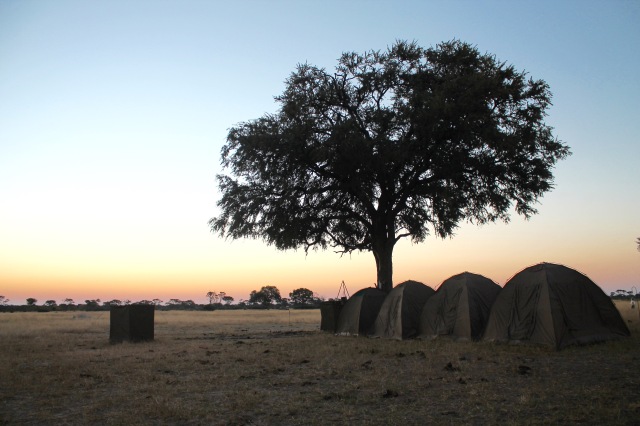
Laying in our tents at night was when we got a true sense of how wild it was. We fell asleep to the call of hyenas, the roar of elephants, and the growls of lions. We weren’t allowed to even walk to our tents after dark without an armed escort, because the animals were all around us.
Driving through the park, we just saw about every animal there was to see. Here is just a small sampleof all the incredible creatures we saw.
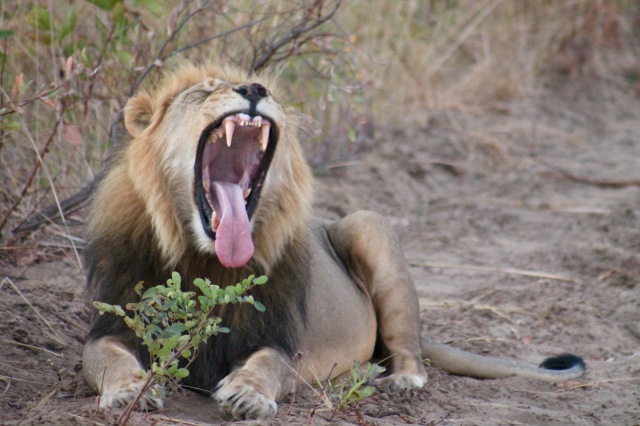
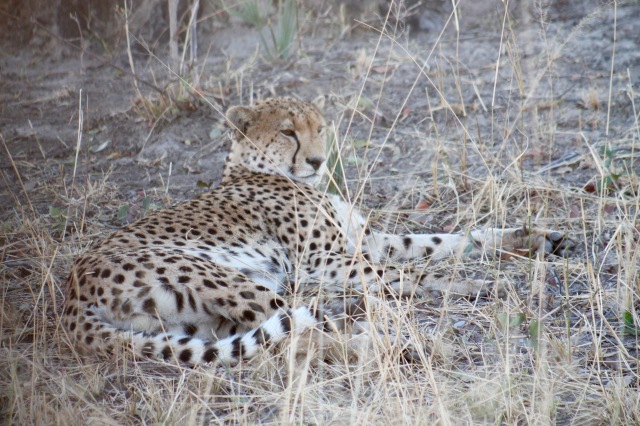
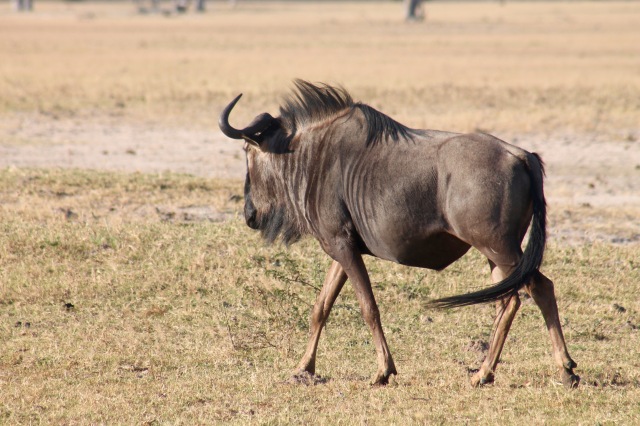
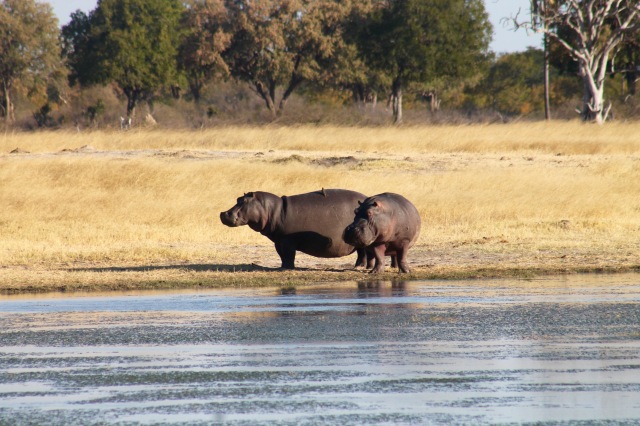
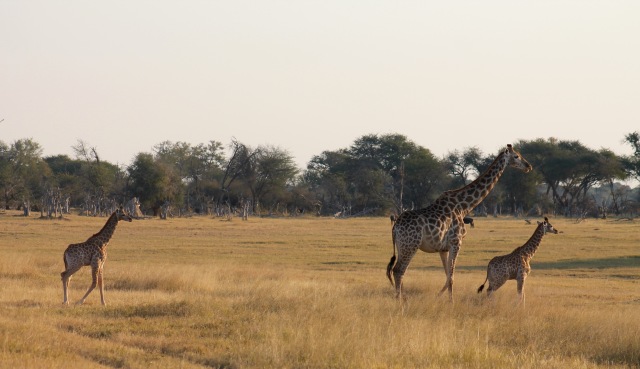
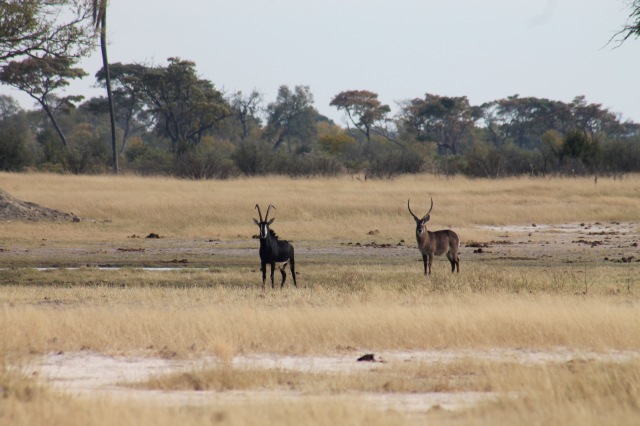
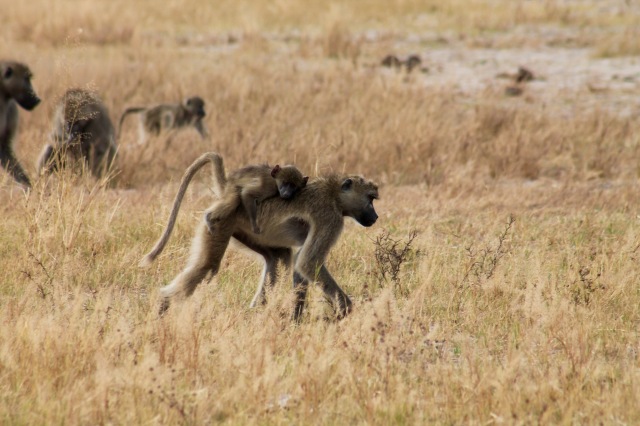
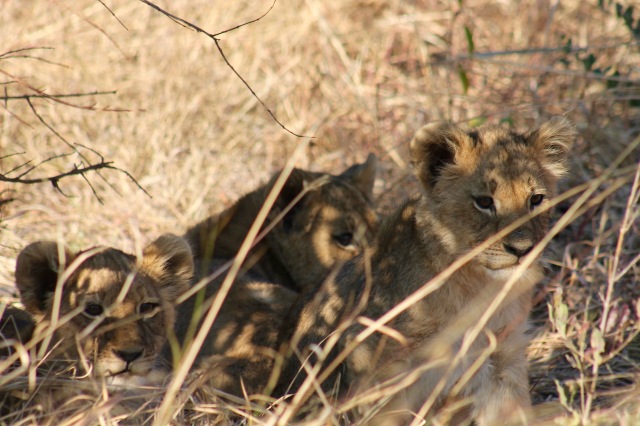
One of the coolest sitings we had was a pack of wild dogs, stopping for a drink of water. These animals are extremely rare and difficult to spot, and we got to follow along behind them as they ran through the grass.
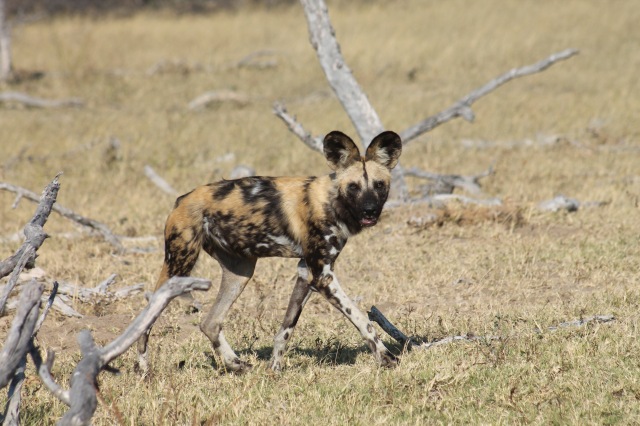
What makes Hwange truly spectacular is its population of elephants, the largest population in the world. We saw thousands of them, huge lone bulls and family groups with playful little ones.

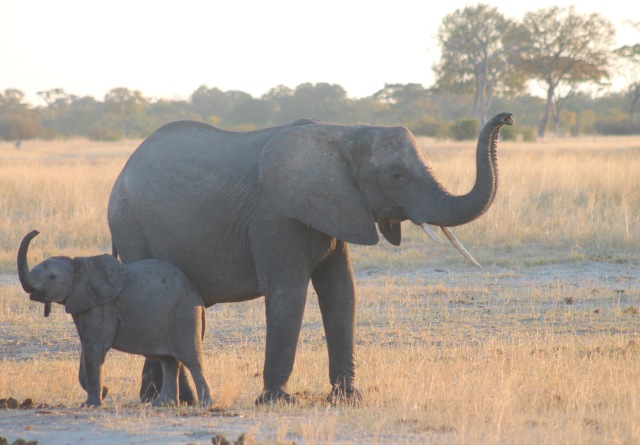
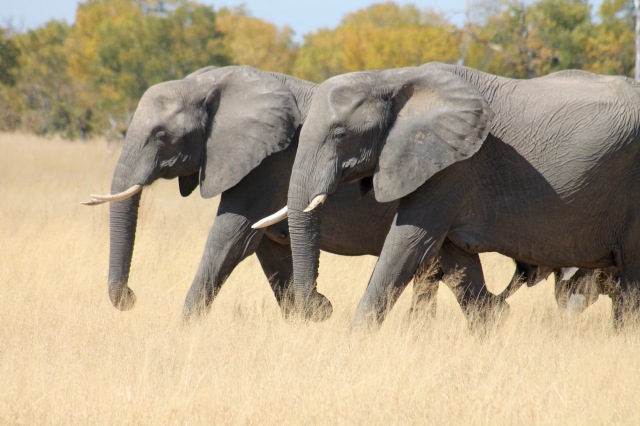
They were endlessly fascinating to watch, with distinct personalities and intricate social interactions. In the evening, we could look out of our tent and see hundreds of them converging at the water holes, and we fell asleep each night to their trumpeting calls.
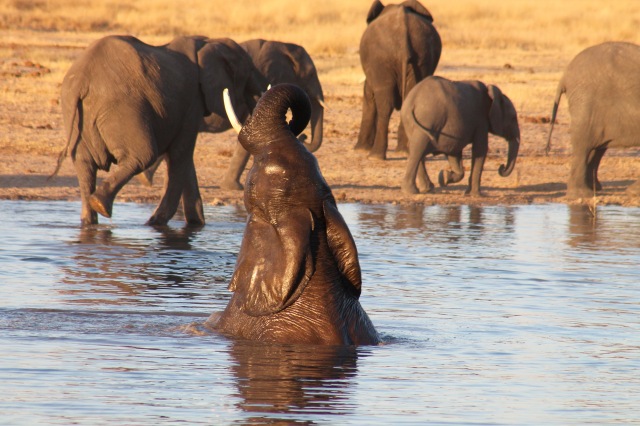
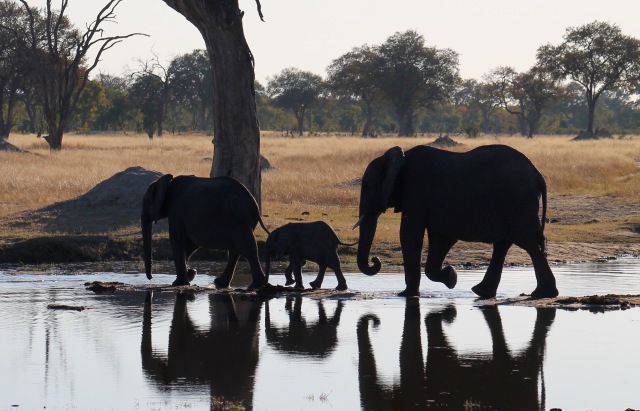



Great times!
LikeLike
awesome pics and lovely post.
LikeLiked by 1 person
Really awesome shots.
LikeLike
I have always dreamed of visiting Africa and hopefully one day I’ll be able to. I am sure it will take a lot of planning to convince my girlfriend, but I think she will be willing once put in the work of figuring out how to get us and our rig out there.
LikeLike
Do it! It is unlike anywhere else in the world, and always an adventure.
LikeLike
Pingback: Out of Africa – Johnson Geographic